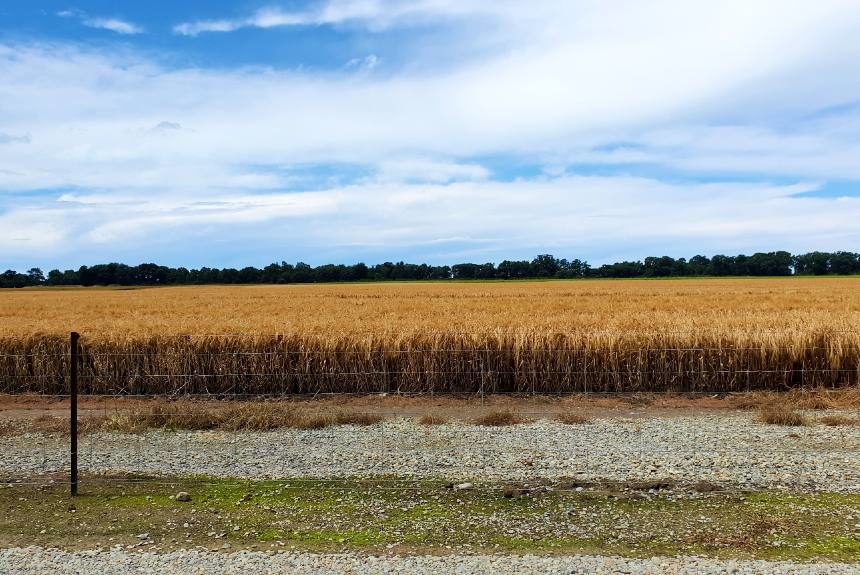Climate change is predicted to affect crop yields. A study by Lindsey L. Sloat et al. investigated the effects of rising temperatures on crop yields and how crop migration has mitigated the adverse effects of extremely high temperatures on our most important cereals.
Data from 1973 to 2012 has shown that the damaging effects of rising temperatures on rainfed crop yields (maize, rice, wheat, and soybean) have been significantly moderated by the gradual movement of these crops over time aided by the expansion of irrigation and changes in agronomic practices.
However, the continuous shifts of harvested areas will impact biodiversity, land use, socio-economic situations, and agricultural activity.
Because of climate change, rainfed crops are experiencing higher growing temperatures than in the 1970s, but crop migration alleviated the consequences of extreme temperatures on crop production.
The expansion of irrigation has aided wheat farming in much warmer regions like South Asia. Wheat that has moved out of Canada and Russia’s coldest areas is growing in more favourable temperatures because of crop migration and irrigation.
Maize farming in America has moved from the American Southeast to the upper Midwest, where farmers benefit from an extended growing season and moderate temperatures.
In China, Brazil, Spain, and India, rainfed rice is shifting to cooler regions to avoid high temperatures that will require more irrigation. The move has mitigated the adverse effects of heat on their national yields.
Soybean farming, on the other hand, has expanded to higher-temperature areas. Forty years of data show that soybean farming grew 158% faster than rice, maize, and wheat, mainly in tropical countries like India and Brazil. The development of new soybean varieties has allowed this crop to grow in high-temperature areas.
Overall, crop migration is dependent on the expansion of irrigation. With climate change, continued shifts in crop production may not be a sustainable climate adaptation for developing countries because of their environmental impacts, such as reductions in carbon storage, harming water quality, and reducing wildlife habitat and biodiversity.
For instance, soybean production expansion in South America has damaged its Cerrado biome. An increase in irrigation can also be a problematic climate adaptation strategy because of its impact on water resources, stress on water supplies, and the effect of increased runoff on water quality.
The study shows that crop migration, despite its limitations as an adaptation strategy, has alleviated the effects of high temperatures on the world’s staple crops.
To view the entire study, click the link below.
Source:
Sloat, L.L., Davis, S.J., Gerber, J.S. et al. Climate adaptation by crop migration. Nat Commun 11, 1243 (2020). https://doi.org/10.1038/s41467-020-15076-4



Leave a Reply